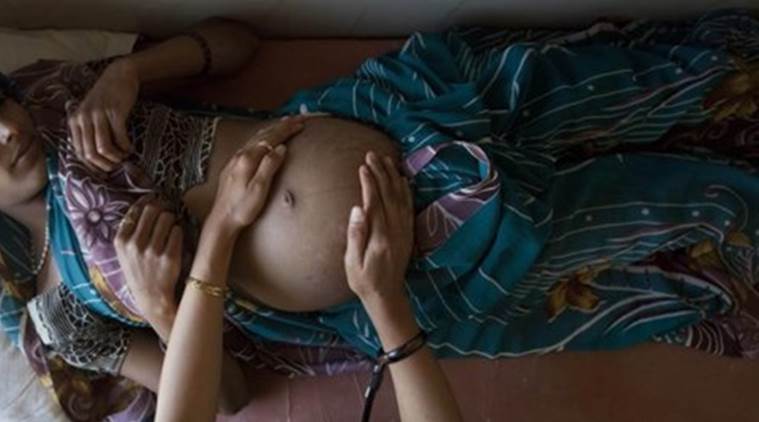Focusing on health, education of women will bring down population, increase work participation
Policy-making in India has in recent decades been generally neutral to data and research. However, in matters of demography, particularly while prescribing strong punitive measures for having large families, decisions must be taken based on rigorous analysis of the data to avoid a China type crisis.

The World Population Prospects 2019 has reported that India’s total fertility rate (TFR) has declined from 5.9 in early Sixties to 2.4 to 2010-15. TFR is defined as the total number of children to be born to women in her lifetime by the current age specific fertility rates. By 2025-30, it will fall to 2.1, sliding further to 1.9 during 2045-50. As per the National Family Health Survey (NFHS), India’s TFR declined from 2.7 in 2005-6 to 2.2 in 2015-16. When the TFR touches 2.1, which is called replacement fertility level, we can say that the population is getting stabilised, subject to the momentum factor. India’s population was predicted to peak at 1.7 billion in 2060, declining to 1.5 billion by 2100. The faster decline in TFR, as reported by NFHS, suggests that these can happen much earlier than predicted. Thus, there seems to be no reason for panic in the context of the demographic trends.






































No hay comentarios:
Publicar un comentario